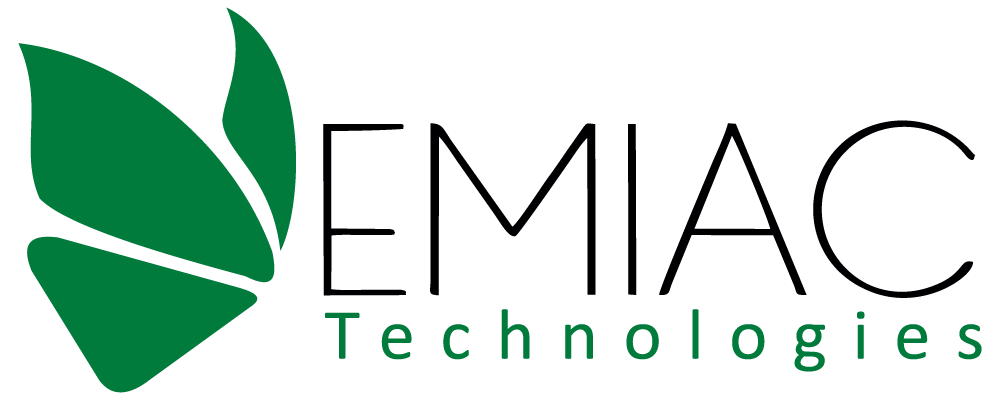In life’s journey, decisions act as the compass guiding us toward our goals and aspirations. Whether they are small choices or significant life-altering decisions, the art of decision-making can significantly influence the trajectory of our lives. Developing effective decision-making skills is crucial for personal and professional success.
However, the path to good decision-making can be challenging. Throughout this blog, we will explore the common decision-making errors that can have fatal consequences and learn how to transform our decision-making process for the better.
Let’s get started.
The Need for Effective Decision-Making Skills
Effective decision-making skills are the compasses that guide us through life’s intricate paths. They’re like reliable companions helping us navigate the maze of choices we encounter every day. From choosing a career path that resonates with our passions to deciding where to invest our time and energy, these skills empower us to make choices that align with our goals. Imagine life as a grand adventure, with decisions as the crossroads that shape our journey.
Without these skills, we’d be like explorers without a map, relying on luck rather than informed choices. By honing our decision-making skills, we can weigh options, anticipate consequences, and make confident choices. These skills are the foundation upon which we build the life we envision, enabling us to thrive amidst life’s uncertainties.

Understanding Decision-Making Errors
Anchoring Bias
Imagine buying a car and fixating on its initial price as the standard for all your future decisions. This is the anchoring bias at play, where the first piece of information we receive becomes the anchor against which all other information is evaluated. This can lead to suboptimal decisions as we ignore relevant information that aligns differently from our initial anchor.
Confirmation Bias
We tend to seek information supporting our beliefs while ignoring or dismissing contradictory evidence. Confirmation bias can trap us in echo chambers, hindering our ability to make well-rounded decisions. Over time, this bias reinforces our beliefs, preventing personal growth and adaptation.
Availability Heuristic
Our brains often rely on the most readily available information to make decisions. This can be problematic, as information that’s easily accessible might not be the most accurate or relevant. The availability heuristic can lead to skewed judgments, especially when making decisions based on recent or vivid events.
Overconfidence Bias
Confidence is admirable, but overconfidence can be detrimental. This bias occurs when we overestimate our abilities or the accuracy of our beliefs. It can lead us to make rash decisions without thoroughly assessing the risks and potential outcomes.

Status Quo Bias
Change can be uncomfortable, leading us to stick with familiar routines and decisions, even if they no longer serve us well. Status quo bias prevents us from exploring new opportunities and limits our potential for growth and improvement.
Sunk Cost Fallacy
Our past investments, whether in terms of time, money, or effort, can cloud our judgment. The sunk cost fallacy makes us reluctant to abandon a failing endeavor because we’ve already invested so much. This can result in pouring more resources into a lost cause.
Transforming Your Decision-Making Process
Adopting a more deliberate and strategic approach to decision-making is essential to avoid these fatal decision-making errors and transform your life.
Strategies for Avoiding Fatal Decision-Making Errors
Acknowledge Your Biases
The first step toward better decision-making is recognizing the biases that might influence you. Regularly self-reflect and question your decisions to ensure you’re not falling victim to these biases.
Seek Diverse Perspectives
Surround yourself with individuals who challenge your viewpoints. Embrace diverse perspectives to make more well-rounded decisions and avoid confirmation bias.
Gather Comprehensive Information
Make a conscious effort to gather information from various sources before deciding. Don’t rely solely on the easily available information.

Consider Opportunity Costs
Before making a decision, assess not just the immediate benefits but also the potential opportunity costs. What could you be missing out on by choosing one option over another?
Embrace Change
Step out of your comfort zone and be open to change. Recognize that growth often requires exploring new avenues and taking calculated risks.
Cut Your Losses
When facing a decision, evaluate it based on its current merits rather than focusing on past investments. Refrain from letting the sunk cost fallacy trap you in unproductive endeavors.
Conclusion
Effective decision-making is an art that can shape the course of our lives. We can unlock our true potential by understanding and avoiding common decision-making errors like anchoring bias, confirmation bias, availability heuristic, overconfidence bias, status quo bias, and sunk cost fallacy. The journey to better decision-making involves introspection, continuous learning, and a willingness to adapt.
By embracing a more strategic and deliberate approach, we can transform our lives and move closer to our aspirations.
FAQs
Q1. Is it possible to eliminate biases from decision-making?
While eliminating biases from decision-making might be a lofty goal, it’s essential to understand that biases are a natural part of our brains work. Instead of aiming for complete elimination, focus on awareness and management. Recognizing common biases like anchoring bias, confirmation bias, and availability heuristics allows you to evaluate your decisions more objectively.
Q2. How can I overcome the fear of change?
Fear of change is a natural human response, often stemming from uncertainty and the comfort of the familiar. To overcome this fear, start by reframing your perspective. Instead of focusing on potential negatives, embrace change as an opportunity for growth and new experiences. Set small, manageable goals involving change and celebrate your successes, building your confidence.
Q3. What’s the best way to gather diverse perspectives?
Start by actively seeking out interactions with people from different backgrounds, cultures, and experiences. Engage in open and respectful conversations, and be genuinely curious about their viewpoints. Join clubs, attend workshops, and participate in events that attract diverse audiences. Books, articles, and blogs from various sources can also help broaden your horizons.
Q4. Can past investments ever be beneficial to consider?
Past investments can offer valuable lessons and experiences that can inform your decision-making. However, it’s essential to consider them objectively and avoid falling into the sunk cost fallacy. While the effort, time, and resources you’ve previously invested may hold value, your current decisions should primarily be based on your options’ potential benefits and drawbacks moving forward.
Q5.How long does it take to develop practical decision-making skills?
Developing effective decision-making skills is a continuous journey rather than a destination. It’s not about a fixed timeline but rather the commitment to learning and improving over time. Small, consistent efforts can yield substantial results.
Practice and patience are key. Start by becoming aware of your decision-making tendencies and biases. Learn from your experiences, both successes and failures. As you cultivate self-awareness and engage in deliberate decision-making, you’ll gradually refine your skills.


